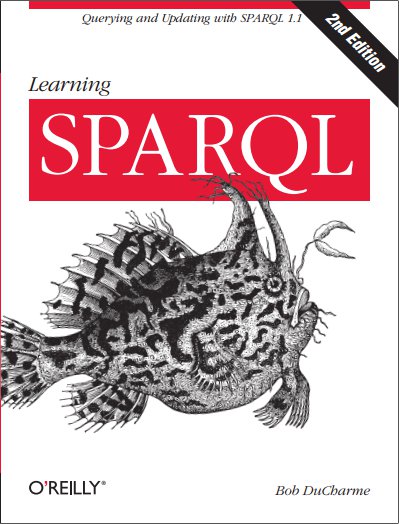More and more primary law (court cases and actual laws passed by governments at any level, as opposed to secondary law such as treatises explaining the meaning of primary law) is available on the web. In the United States, most federal and state governments and court systems make it a regular practice to publish this information on the web on their own dot gov websites. Governments typically have laws requiring that all laws be available where citizens can see them, and doing so on the web costs…
Monday night I went to my first meeting of the Neon Guild, an association of local Charlottesville technology professionals. (Web designers seemed to dominate, perhaps due to the theme of this month’s meeting.) I learned something very valuable about web design: that free, open source CSS stylesheets are available at Open Web Design.
Based on my experience as a tech writer and a few books I’ve written since then, someone recently asked me for advice on documenting a complex software product, and I thought I’d share my advice here. After writing it I remembered that two years ago I submitted a proposal to O’Reilly for a book on writing about software. After kicking the idea around with Simon St. Laurent a bit, I decided not to go through with it. One thing that put me off was his warning that a place like…
For an upcoming post, I was going to link the acronym DITA to a good page for more information about the Darwin Information Typing Architecture, a DTD that is growing in popularity for representing technical information. Not for the first time, I did a Google search on “DITA” and laughed out loud upon seeing what the first hit was. I don’t want to spoil it for you, but suffice to say that I can’t tell you much anyway because I’m at work and the Websense filter…
When learning any new technology, I like to start with the smallest, most stripped-down “hello world” app I can. I want to create the most minimal demonstration that qualifies as a working example and then build from there so that it’s absolutely clear to me what is truly necessary and what each extra adds. As it turns out, this makes plenty of sense when learning how to make hot sauce, and the “hello world” of hot sauce is remarkably simple.
I answered my first few LinkedIn invitations with an RDF geek response: “look, I’ll point to your FOAF file if you want to point one at mine.” When I started gathering information for a job search, Ken North suggested that I reconsider my attitude about LinkedIn, so I joined up. The first surprise was how many RDF geeks I saw there. The XML community in general is pretty well-represented.
After five years of working on XML architecture and metadata issues on a huge scale at perhaps the world’s oldest commercial online information provider, I’ll be moving on in late March, and I’m looking for interesting new opportunities. (“A-ha!” say all the friends wondering about my recent interest in LinkedIn.)

